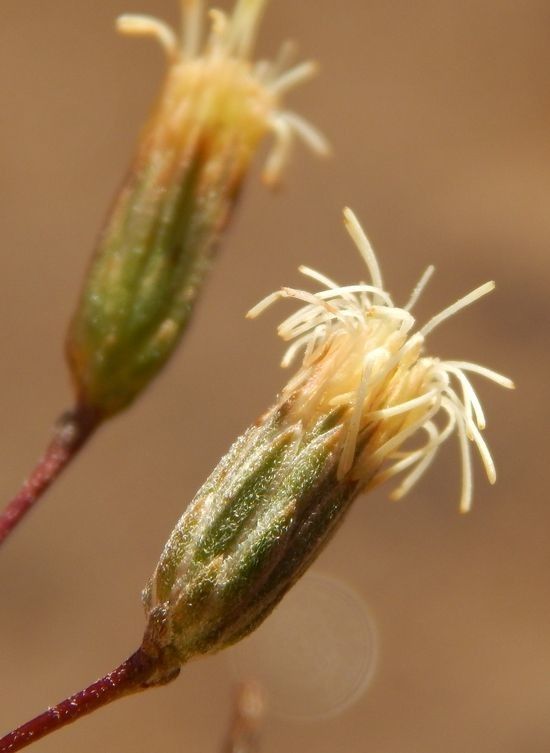Unlocking the Secrets of Malperia Tenuis: A Guide to Propagation
Malperia tenuis, also known as the slimleaf malperia or brownscale malperia, is a delicate beauty native to the southwestern United States and Mexico. This charming plant, with its slender stems and soft, purplish-blue flowers, can be a captivating addition to your garden, attracting pollinators and adding a touch of wildflower charm. However, finding commercially available Malperia tenuis can be tricky. That’s where propagation comes in! Learning to propagate this lovely species allows you to share its beauty and contribute to its conservation.
Two Paths to Propagation Success
1. The Magic of Seeds
Propagating Malperia tenuis from seed can be a rewarding experience. Here’s how:
- Seed Collection: Collect seeds from mature, dried flower heads in the late summer or fall. Look for seed heads that have turned brown and brittle.
- Seed Preparation: Gently crush the seed heads to release the tiny, black seeds. No need for any special treatments – Malperia tenuis seeds don’t require stratification.
- Sowing the Seeds: You can start seeds indoors 6-8 weeks before the last frost or directly sow them in the garden after the danger of frost has passed.
- Indoors: Use a well-draining seed starting mix and sprinkle the seeds on the surface, pressing them in lightly. Mist the soil and keep it consistently moist. Provide plenty of light, and expect germination within 2-3 weeks.
- Outdoors: Choose a location with full sun to partial shade and well-drained soil. Scatter seeds on the soil surface and lightly rake them in.
- Thinning and Care: Thin seedlings to 12-18 inches apart once they have a few sets of true leaves. Water regularly, especially during dry periods.
2. Taking the Cutting Edge: Propagation from Cuttings
Propagating Malperia tenuis from cuttings offers a faster route to establishing new plants:
- Timing is Key: Take cuttings in the late spring or early summer from healthy, non-flowering stems.
- The Perfect Cut: Using clean, sharp shears, take 4-6 inch cuttings just below a leaf node. Remove the lower leaves, leaving only a couple at the top.
- Rooting Hormone Power: While not strictly necessary, dipping the cut end in rooting hormone can significantly increase your success rate.
- Creating a Cozy Home: Plant the cuttings in a well-draining potting mix. You can use a humidity dome or cover the pot with a plastic bag to create a warm, humid environment.
- Patience is a Virtue: Keep the cuttings consistently moist and in a well-lit location, out of direct sunlight. Rooting should occur within 4-6 weeks.
- Transplanting Triumph: Once roots are established, you can transplant your cuttings into individual pots or directly into the garden.
Nurturing Your Malperia Tenuis
Whether you choose seeds or cuttings, caring for your new Malperia tenuis plants is relatively straightforward:
- Sunlight and Soil: Provide at least 6 hours of sunlight per day and plant them in well-drained soil.
- Watering Wisdom: Water regularly, allowing the soil to dry slightly between watering.
- Pests and Diseases: Malperia tenuis is generally pest and disease-free, but keep an eye out for common garden pests and address them promptly if needed.
Spreading the Beauty
Propagating Malperia tenuis is not only an enriching gardening experience but also a way to contribute to the preservation of this beautiful native plant. With a little patience and care, you can fill your garden with these enchanting wildflowers and share the joy with fellow plant enthusiasts!

